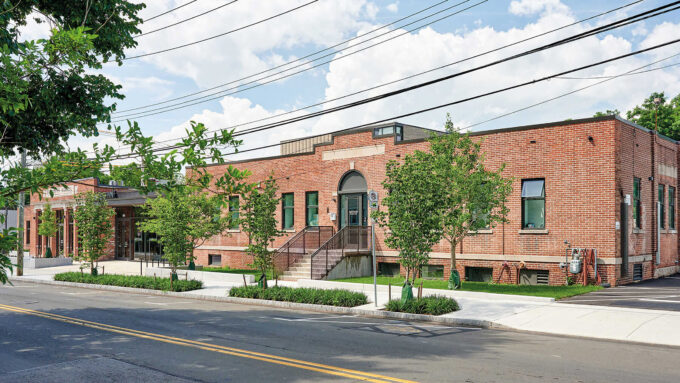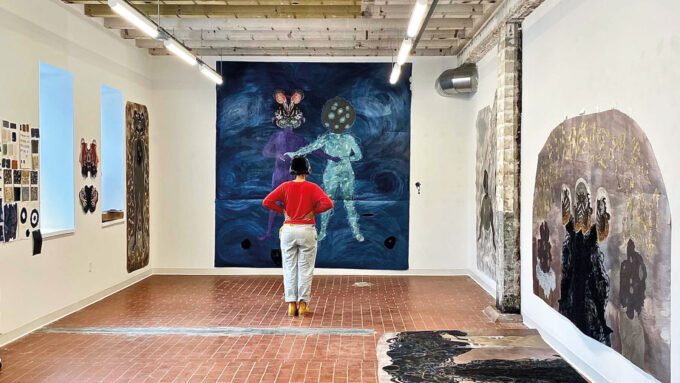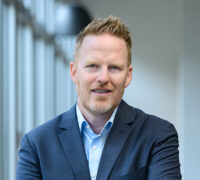When an artist joins NXTHVN as a fellow, what bundle of services do you offer?
They get a studio, typically larger than where they came from because that space is expensive. We can give them more space, which allows them to scale. I’m particularly proud that we give them a new type of curriculum. They’re all very talented artists and makers, but we have a unique curriculum that is all about the studio practice and the professional practice of taking their work and having that work engage with the professional art market, which is a multi-billion-dollar industry.
We think about what it means to be engaged with a gallery that, in some cases, will take 50% to broker their work to major collectors. How do you think about the documents and contracts that are necessary? How do you think about boring stuff like paying taxes? For some of these artists, it’s the first time they’re receiving cash, and then they look up and see that they have a major tax bill, but they’ve spent all the money. We talk about the practice and the canon of making work, but we’re giving them those tools that are really important for having a successful studio practice and, let’s be honest, making money because they are entrepreneurs, even though they’re serious artists.
We also give them a stipend. Each of them gets $35,000, which can defray the cost of being a starving artist, which is important, and we give them an apartment next door. They can open their door when they wake up, walk right into their studio, and be fully immersed in this community and practice. Then, we bridge them to our network – that’s the final piece – the institutions, galleries, brokers, and collectors. We encourage them to make those relationships their own, because once they understand and start to build the beginning of their network, that’s something that they can take with them and build on once they leave.
YouTube





 Podcast available
Podcast available